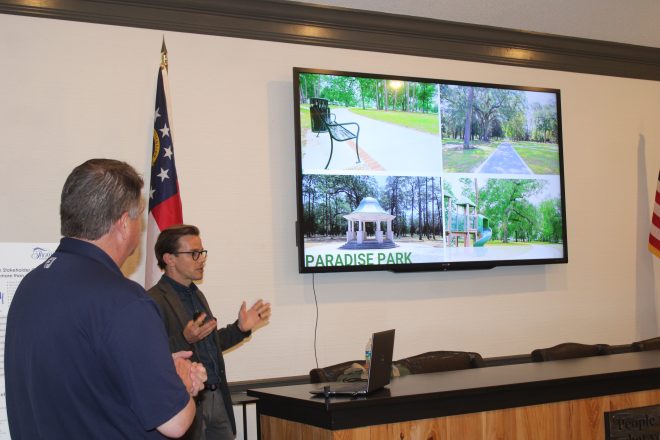Storms create road hazards
Published 8:00 am Wednesday, July 10, 2019
With weather forecasts predicting heavy rains and the possibility of tropical storms this week, Southwest Georgia residents should be prepared.
All too many times motorists get caught on the roadways during torrential rains, high wind, hail, rising waters, lightning or a combination of conditions.
Trending
Seventy-five percent of weather-related vehicle crashes occur on wet pavement and 47 percent happen during rainfall each year, according to the U.S. Department of Transportation/Federal Highway Administration. Interestingly enough, the DOT said only 17 percent of weather-related crashes occur during snow or sleet.
“Motorists should use extra caution when driving on wet roads and turn their headlights on when visibility is low,” according to a past statement from State Farm, the insurance company. “In heavy rain avoid the temptation to use your emergency blinkers as it prevents the usage of your turn signals.”
State Farm offered these safety tips:
• Make sure windshield wiper blades and headlights are working well. Replace blades at least once a year for best results. It’s the law in all states to turn headlights on when visibility is low, and many states also require having the headlights on when the windshield wipers are in use.
• Check that rear and brake lights are functioning properly. They help your vehicle be seen in rainy weather.
• Switch from winter to summer tires, if needed. Don’t forget to check tread wear and tire inflation. Both can help with traction.
Trending
• Reduce your speed on wet surfaces and allow a safe following distance. Rain, oil and dust equal slippery conditions and traction problems on roads.
• Turn off cruise control. When roads are wet, it is best to allow the driver to control speed and react to conditions.
• Pay attention to flood warnings and barricades. They’re typically placed in areas where flooding occurs often and can be potentially dangerous.
• Avoid driving through standing water, putting yourself, passengers and your vehicle at risk. You can lose control in as little as six inches of water; deeper, moving water can cause stalling or carry vehicles away.
• The Centers for Disease Control reports that more than half of all flood-related drownings occur when a vehicle is driven into hazardous flood water. Hydroplaning, the skidding or sliding of tires on wet surfaces, can happen anytime roads are wet.
State Farm also suggested, if your vehicle hydroplanes:
• Don’t panic.
• Avoid hard braking and quick turns.
• Ease off the gas, gently apply the brakes (lightly pump standard brakes, apply consistent pressure if you have ABS).
• Steer straight ahead or to a safe open area.
• Check your vehicle owner’s manual to know your vehicle systems and recommended action — vehicle braking and traction control systems vary.
• If you’re teaching a new driver, be sure to practice driving in an array of weather conditions, including rain, and cover these tips with them.
• Warmer weather means children, pets and bicycles will be out and about. Take extra caution, especially in residential areas. Teach new teen drivers to scan for these potential hazards.





